Learning how to survive in the jungle is important if you travel internationally or spend time in these types of environments -South America, Africa, etc. The pointers below will provide a good overview and supply you with insights and direction on where to begin doing more research and educating yourself.
Table of contents
Find Shelter
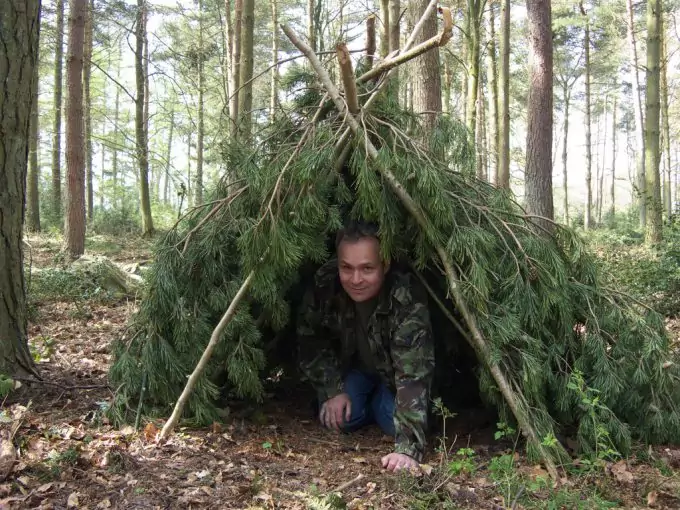
If you find yourself lost in the jungle for any length of time, one of your priorities will be to find shelter. The shelter does not need to be complex but should protect you from the elements and immediate dangers. The ability to move fast and create new shelters quickly may be the difference between life and death.
Lean-tos are a simple and easily built shelter that can be built almost anywhere. They’re called lean-tos because they’re created by leaning branches against a tree or frame.
The simplest lean-to includes the following steps.
- Find a long stick and lean it up against a tree.
- Take some smaller branches and lean them against the larger branch.
- Cover the entire structure with leaves or other green foliage to stay warm and protect yourself from the elements.
Finding Water
In jungle environments, it shouldn’t be too difficult to find water. Water can be gathered via rainfall, droplets off vegetation, or building a Solar Water Still. However, you’ll still have to make sure that your water is safe to drink by boiling or purifying it.
To create a Solar Water Still, dig a small hole and place a container in the middle. Place damp leaves (morning dew is sufficient) around the container, and put a sheet over the top. Anchor the sheet down and put a small rock in the middle of the sheet to depress it over your container. Condensation will accumulate on the bottom of the sheet and be directed toward the container you placed in the middle.
Finding Food
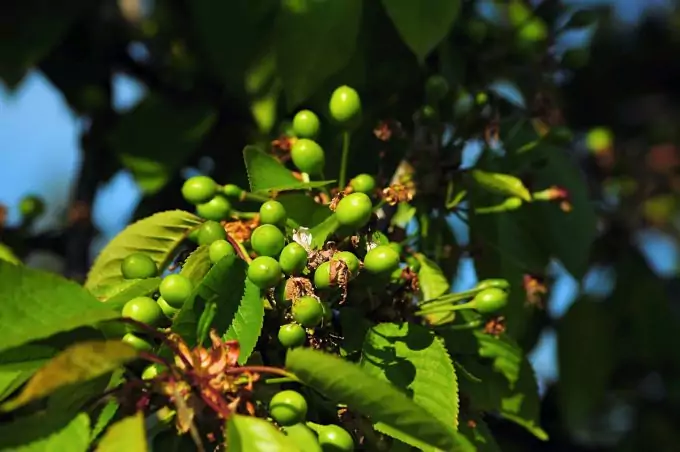
After securing water and shelter, you’ll need to find food. There is no lack of food sources in the jungle, but you have to know where to look. Ideally, you will have a guide or someone knowledgeable about the local plants. Not all plants are safe to eat, so gaining some knowledge on common edible plants would be helpful.
| Name | Price | |
|---|---|---|
 | The Scout's Guide to Wild Edibles: Learn How To Forage, Prepare & Eat 40 Wild Foods | Shop Here |
 | The Complete Guide to Edible Wild Plants | Shop Here |
 | The Complete Guide to Edible Wild Plants, Mushrooms, Fruits, and Nuts: Finding, Identifying, and Cooking (Guide to Series) | Shop Here |
 | Mushrooming without Fear: The Beginner's Guide to Collecting Safe and Delicious Mushrooms | Shop Here |
 | Nature's Garden: A Guide to Identifying, Harvesting, and Preparing Edible Wild Plants Paperback | Shop Here |
Keep an eye out for fruits you’ve eaten before, palms, or bamboo. Each of these is safe to eat, and they should be relatively easy to locate in the jungle. If you can’t find any of these, don’t resort to eating unidentified plants. You never know what could be poisonous. Instead, focus on trapping animals.
It may seem like hunting for food, rather than trying to trap it, would be more reliable and time-efficient, but unless you’re a skilled hunter, you’ll likely be better off trapping your food. Let the animals do the work so that you can save your energy for survival.
Simple animal traps are effective and fairly easy to build without tons of materials.
One of the simplest traps is to dig a hole and place some fruit at the bottom as bait. Ensure the hole is large enough to trap whatever falls into it but not so big that you can’t remove what you catch. Cover the hole and make sure that your bait is in the center. The smell of the fruit will draw an animal to the hole.
For other food options, see our article on How to Search for Edible Insects for Food.
Keep Moving
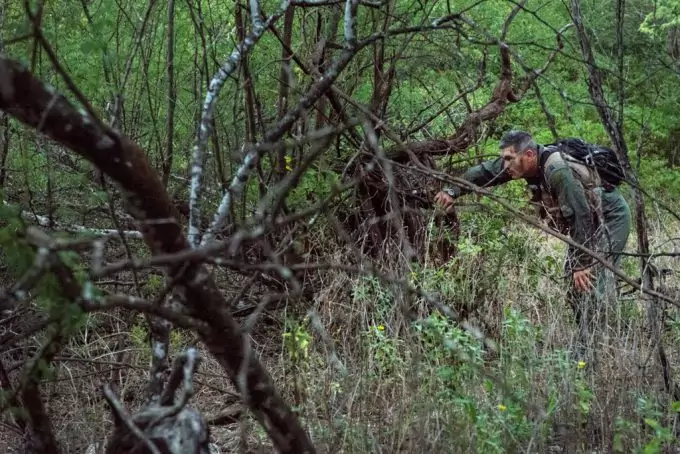
To survive getting lost in the jungle, you’ll eventually need to find help. The jungle can be disorienting, and you may find that everything looks the same no matter which direction you take. You don’t want to waste hours walking in circles, so locate a point of reference.
The best option is to use a stream or a river as a point of reference. Bodies of running water will almost always eventually lead you to civilization. Most settlements were originally built near waterways to provide transportation, food, and water. Following a river or a stream will also keep you hydrated, which is a priority. You can survive much longer without food than you can without water.
If you can’t find a river or a stream, take a look at the ground around you. Look for signs of animals and other wildlife, and follow their tracks or animal trails. Animals will seek out reliable water sources, creating small trails to and from the water, and these can be easily followed.
As you search for a way back to civilization, your best strategy will involve moving during the day and resting at night. Daylight will allow you to see obstacles, predators, and other dangers, not to mention you will be more alert. Traveling at night is difficult and will increase your likelihood of injury.
Watch for Predators
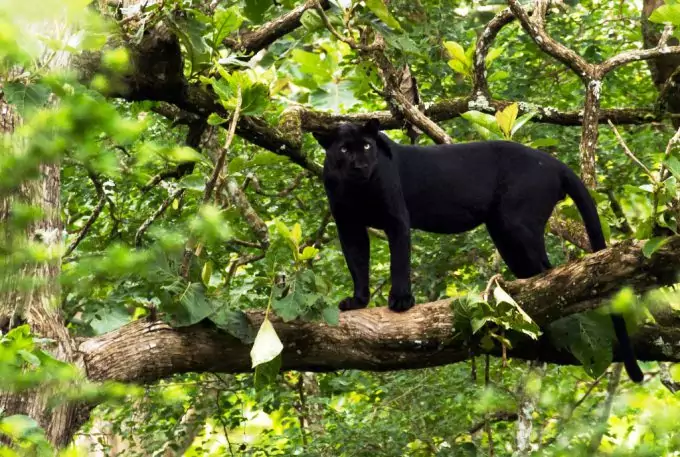
The jungle is full of dangerous predators, and they come in many different forms. Keep yourself safe by blending into your environment as much as possible. You may have heard that making loud noises will scare away animals and deter predators. Be wary of this advice, as it is only true in some instances and can be dangerous if used in the wrong situations.
Move as quietly and quickly as possible, minimizing your perceived threat to any predator you may encounter. If you do see a predator, back away slowly and stay prepared. If the animal attacks, you’ll need to either defend yourself or escape. However, if you move slowly and signal that you’re not a threat, animals may allow you to pass without attacking.
Not all jungle predators will make themselves obvious, so make sure you watch out for small insects and other inconspicuous animals. These creatures can be just as dangerous (or more) than their larger counterparts. Stay alert and prepared in case you encounter one unexpectedly.
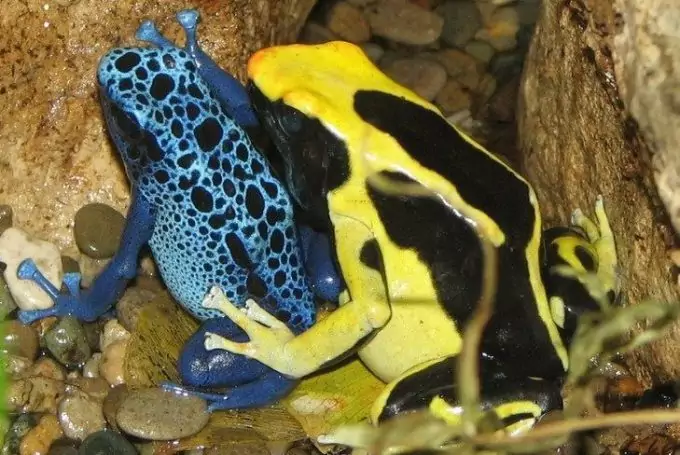
Insects are easy to miss, and even the smallest of insects can be highly poisonous. If you end up with an insect-transmitted disease such as malaria or yellow fever, your survival will be at risk. Keep an eye out for mosquitoes, spiders, and other small insects. Ensure that your clothes, food, and other belongings are free of insects putting them on or storing them near your body.
Protect Yourself
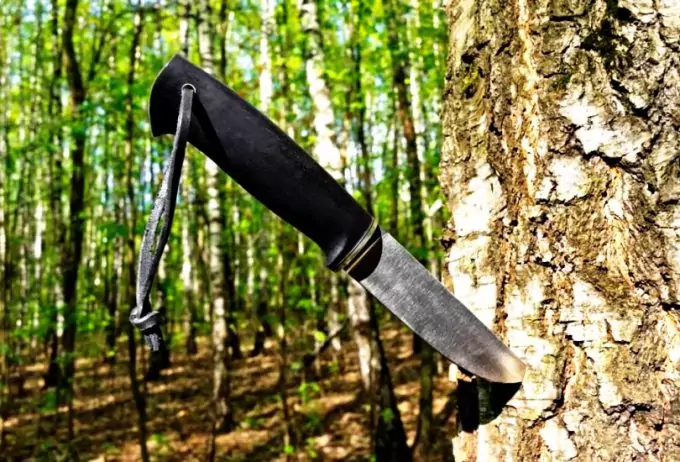
If you’re somewhere that is not familiar, it’s essential to have a way to protect yourself. If you carry a pocketknife or other type of blade, you can fashion yourself a spear out of a branch or piece of bamboo (learn more about survival knives from our article titled Reviews of the Best Survival Knife).
Use a rock to help you fashion your spear. A small knife won’t do you a lot of good against a large animal, but a spear could give you a fighting chance during a scary encounter.
Once you’ve created a spear, keep it with you at all times and make sure that it is easily accessible in the event of an animal encounter. You may not have more than a few seconds to grab your spear in a dangerous situation. Stay aware of your surroundings and listen to suspicious noises to give yourself more time to react.
Taking Care of Injuries
Getting hurt in the jungle can be dangerous, and even a superficial injury can result in death. Receiving assistance will be nearly impossible, and you may not be able to move. You need to do everything you can to avoid injury, and you need to address it quickly if it does happen.
Snake Bites
One small but dangerous injury is a snake bite due to poison. Since you’re not near doctors, medicine, or any medical care, your best option will be to suck the poison out on your own. Act quickly when this happens, but make sure you don’t swallow any poison, either. Suck the poison out of your wound, spit it out right away, and then gargle with some water.
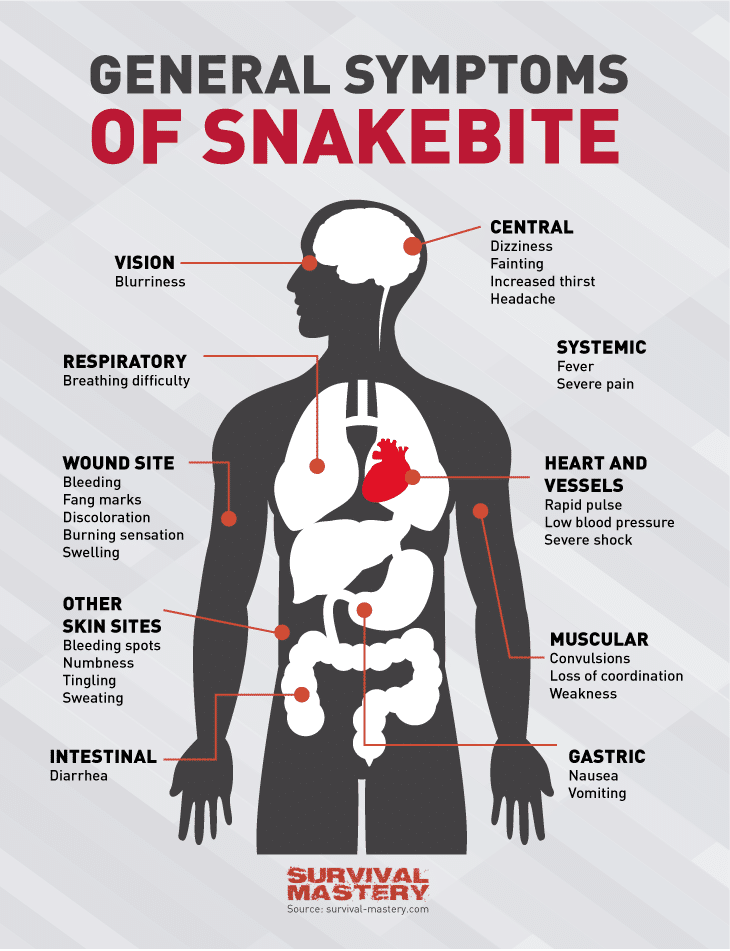
Wounds
If you get a cut, wash and wrap it as quickly as possible. If you don’t have access to water, cover your wound and wash it as soon as you can. Continue to clean your cuts and wrap them with new dressings as often as possible to avoid infection.
If you need a wound dressing, use an old t-shirt or piece of clothing. If you don’t have extra clothes to cover wounds, you can use leaves. Palm leaves are a great option; they will protect you without irritating.
Change out the leaves frequently and continue to clean your cut to avoid infection. Doing this as often as possible to avoid infection is better than the alternative.
Start a Fire
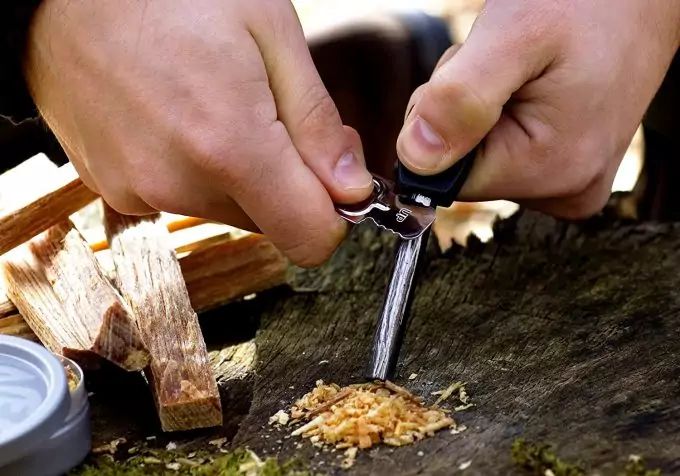
There are many reasons for starting a fire.
- Warmth
- Boiling water and sanitizing rags or medical supplies
- Detering animals and predators
Look for dried wood to use for your fire, and avoid using bamboo (it is moist and will not burn well). Search for materials scattered on the ground or in holes in trees. Use small pieces of dry wood to start your fire. Larger, damp pieces of wood will burn once the fire is hot enough.
Make sure you keep the fire small enough to control it easily and keep water nearby so you can put it out quickly if needed. If you don’t have water, you can also use dirt to smother the flames.
Final Thoughts
There are a lot of factors to keep in mind if you ever get lost in the jungle. One of the most important things you can do is to stay calm and don’t panic. Use your senses, stay aware, and be prepared, and you’ll have a good chance of surviving.
For additional information and guidelines take a look at this article on How to Survive in the Wilderness.



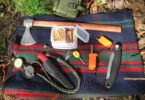
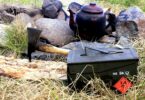
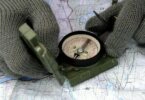
I wonder how would you rate Bear Grylls, when it comes to survival skills. If you ask me I think that he is great, but I wonder what a more experienced individual would say.
I completely agree, in a situation like this, I’d do everything to remain calm, and think positively. It is easy to lose hope and go insane. However, it is better to think actively and never lose hope, even if it is “wishful thinking” it is better than losing it, and lose life as a consequence.
I think the first and foremost lesson is to plan out your jungle outing carefully, follow it strictly with no excessive on-the-spot change of plans and to always stick with the group as an individual. I think you can survive better when you’re in a group. If getting back on track takes more than a day. Would it be safe to camp out near a water source? Or would the threat of wild animals or incidence of spillage from rain be too risky?
Camping near a water source isn’t a bad idea, but you should do it on a raised ground or use hammocks and raised tents.